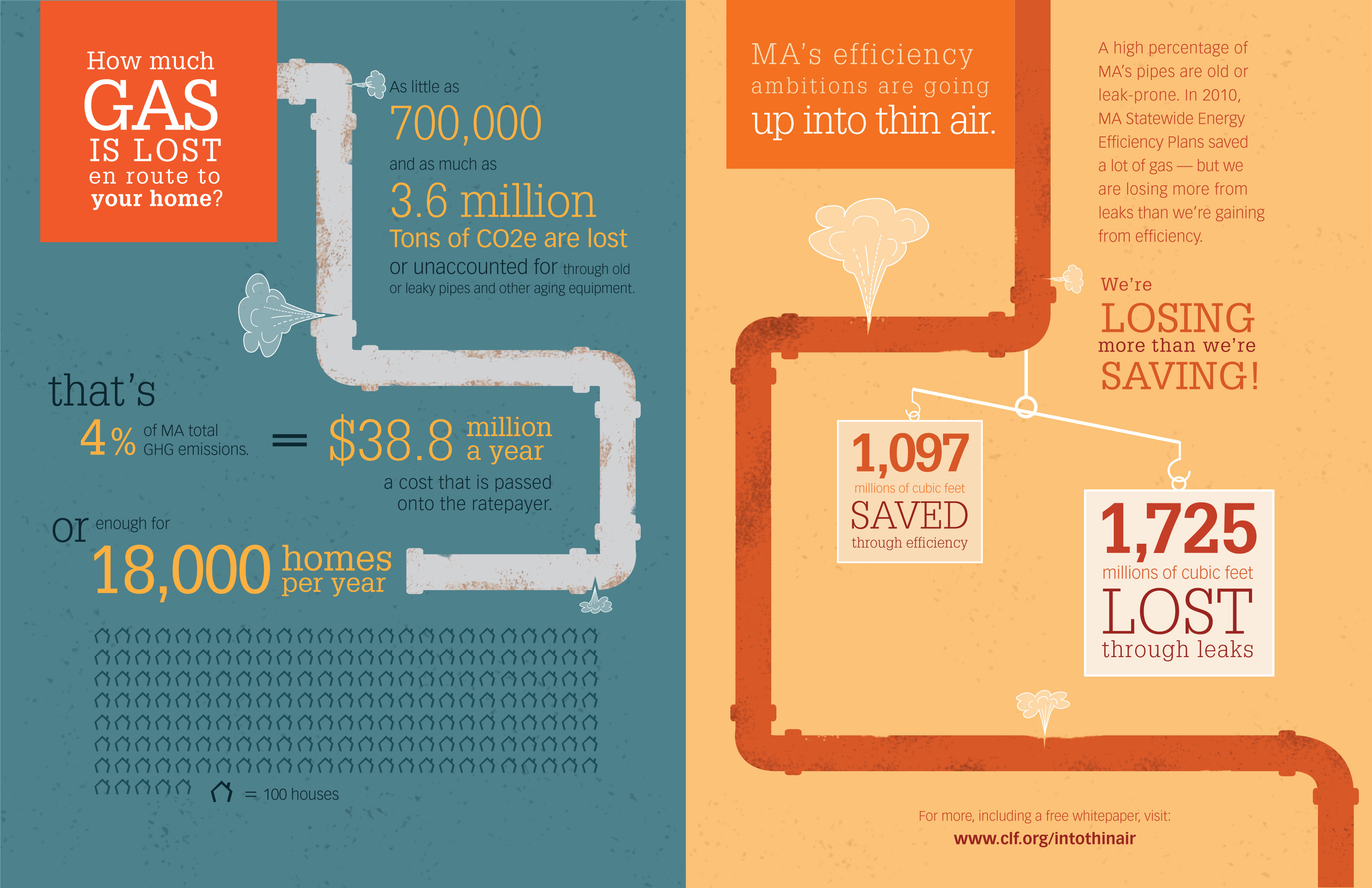Understanding Weather Condition'S Effect On Roofing System Installation: Secret Seasons And Issues For An Effective Job
Understanding Weather Condition'S Effect On Roofing System Installation: Secret Seasons And Issues For An Effective Job
Blog Article
Web Content Author-Hartvigsen Mouritzen
When it concerns roof covering setups, the weather can make or break the task. Envision the stress of dealing with products that will not comply because of severe warmth or fighting slippery surface areas triggered by unexpected rain. Recognizing the effect of climate condition on your roofing job is crucial for a successful outcome. So, allow's discover exactly how different weather condition components can influence the top quality and resilience of your roofing system setup, ensuring a job well done.
Effect of Temperature Level on Roofing System Installation
When it pertains to roof covering installment, temperature level plays a crucial role while doing so. The suitable temperature level for roof covering jobs commonly falls between 45 and 85 levels Fahrenheit. Severe warm can trigger products like tiles to come to be also pliable, causing prospective damages during setup. On the other hand, chilly temperature levels can make products fragile and susceptible to breaking. It's important to set up roofing installations during moderate temperatures to ensure the most effective outcome.
Throughout floor installation contractor near me , contractors may need to take added preventative measures such as utilizing warmed tools or allowing materials to warm up prior to installment.
In contrast, heat might call for work to be done earlier or later in the day to prevent the peak temperature levels. By thinking about the temperature and its impacts on roofing materials, you can help guarantee an effective installment that will hold up against the components for many years to come.
Effect of Rainfall on Roof Projects
Roof covering projects can be significantly influenced by precipitation, impacting both the timeline and the top quality of the installment. Rain or snow can produce slippery problems, making it dangerous for roofing contractors to deal with a damp surface. Furthermore, wetness can jeopardize the adhesion of products like roof shingles or underlayment, causing possible leakages or damages in the future.
If it rains throughout a roof job, the water can permeate into at risk areas, creating hold-ups as the setup crew have to await the roof covering to completely dry before continuing. Too much dampness can likewise advertise the development of mold and mildew and mold, further endangering the integrity of the roof.
To prevent https://www.telegram.com/story/news/local/the-item/2021/04/08/lancaster-senior-gets-dry-house-after-community-gathers-help-roof/7094341002/ , it's advised to schedule roofing projects during drier periods or check the weather report very closely to intend about any kind of prospective rainstorms. By taking precautions to work in favorable weather conditions, you can guarantee a smoother and much more effective roof installment process.
Influence of Wind Rate on Installation Success
During roof covering installment, the speed of the wind plays a crucial role in identifying the success of the task. High wind rates can position considerable obstacles to roofing professionals, potentially leading to safety and security hazards and high quality concerns. When wind rates go beyond recommended limits, it ends up being challenging to manage materials, increasing the threat of mishaps and damages to the roofing products. Strong gusts can also impact the accuracy of dimensions and the precision needed for proper installation.
To make certain a successful roofing system installment, it's essential to monitor and think about wind rates. Ideally, roofing installation ought to take place on days with low to moderate wind rates. This not just boosts the safety of the workers but additionally improves the overall high quality of the setup.
Roof covering jobs scheduled during calm weather conditions are more likely to be finished successfully and with fewer errors. By paying attention to wind speed projections and planning accordingly, you can aid ensure a smooth and effective roofing system installation process.
Verdict
So, when it comes to roofing system installment, keep in mind to think about the weather to ensure a successful job. Ideal temperature levels, completely dry conditions, and moderate wind speeds are vital variables to focus on for a smooth installation procedure. By scheduling your task throughout the very best seasons and optimal weather, you can attain a sturdy and durable roof that will safeguard your home for years to come.
